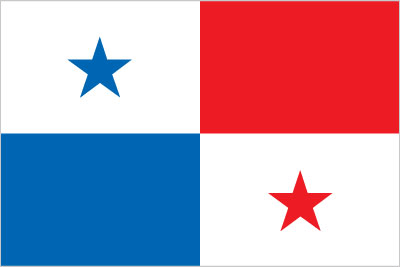
Panama's dollar-based economy rests primarily on a well-developed services sector that accounts for more than three-quarters of GDP. Services include operating the Panama Canal, logistics, banking, the Colon Free Zone, insurance, container ports, flagship registry, and tourism. Economic growth will be bolstered by the Panama Canal expansion project that began in 2007 and is estimated to be completed by 2015 at a cost of $5.3 billion - about 10-15% of current GDP. The expansion project will more than double the Canal's capacity, enabling it to accommodate ships that are too large to traverse the existing canal. The United States and China are the top users of the Canal. Panama is also constructing a metro system in Panama City, valued at $1.2 billion and scheduled to be completed by 2014. Panama's booming transportation and logistics services sectors, along with aggressive infrastructure development projects, have lead the economy to continued high growth in 2012. Foreign investment, at around 10% of GDP in both 2011 and 2012, has continued to be a source of growth. Strong economic performance has not translated into broadly shared prosperity, as Panama has the second worst income distribution in Latin America. About one-fourth of the population lives in poverty; however, from 2006 to 2012 poverty was reduced by 10 percentage points, while unemployment dropped from 12% to 4.5% of the labor force in 2013. The US-Panama Trade Promotion Agreement was approved by Congress and signed into law in October 2011, and entered into force in October 2012. Panama also achieved removal from the Organization of Economic Development's gray-list of tax havens by signing various double taxation treaties with other nations.
$61.54 billion (2013 est.)
country comparison to the world: 90
$57.24 billion (2012 est.)
$51.72 billion (2011 est.)
7.5% (2013 est.)
country comparison to the world: 16
10.7% (2012 est.)
10.8% (2011 est.)
$16,500 (2013 est.)
country comparison to the world: 81
$15,700 (2012 est.)
$14,400 (2011 est.)
agriculture: 3.7%
industry: 17.9%
services: 78.4% (2013 est.)
26% (2012 est.)
4.1% (2013 est.)
country comparison to the world: 140
5.7% (2012 est.)
1.54 million
country comparison to the world: 128
note: shortage of skilled labor, but an oversupply of unskilled labor (2013 est.)
agriculture: 17%
industry: 18.6%
services: 64.4% (2009 est.)
4.5% (2013 est.)
country comparison to the world: 40 4.4% (2012 est.)
construction, brewing, cement and other construction materials, sugar milling
9.2% (2013 est.)
country comparison to the world: 18